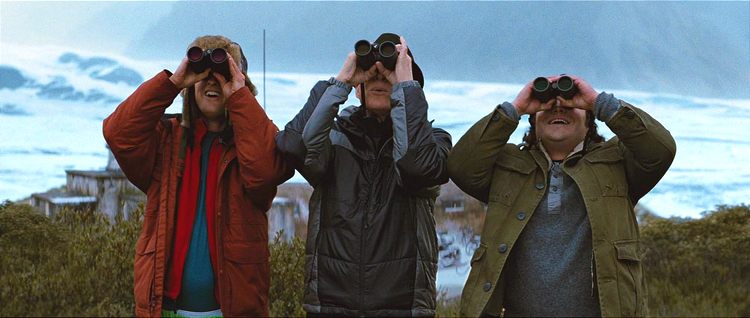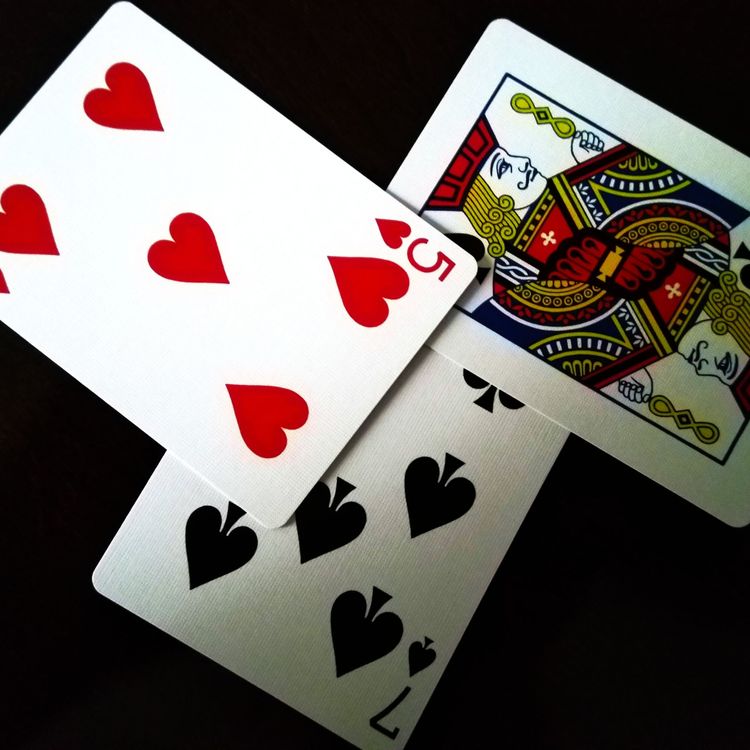
Running Commentary 9/16/2024
Hello,
I have a lot of writing to do: I have my Bad Batch review to type up, and my Acolyte review to finish off. I have "30 Years of Waru" still to do by December, including a couple of lead-in reviews (of K.W. Jeter's Bounty Hunter Wars and Michael A. Stackpole's I, Jedi) associated with that. Busy busy busy.
Anyway...
Playing...

Wingspan
Expect a full review of this game to come whenever I get through my backlog of other things (so maybe not until next year) but until then I want you to understand that, while Wingspan is largely known for its wide array of bird illustrations, and is largely marketed based on those, that it is also a well-devised, enjoyable game. I've played it before but I've just recently gotten my own set, so I've been playing quite a bit with family and friends. It's a good game; if you haven't heard of it, give it a look.

Bird of the Week
With this, I close out my Summer 2024 rewrite of old "Bird of the Week" entries. Fittingly, I end the project with the first of my birds of the week. I initially started featuring my bird drawings in this newsletter because I didn't want the whole project to just be me commenting on the work of others without bringing something of my own to the table. Initially I wrote only a scant few sentences about each bird, enough to provide the drawings with a bit of context. Since then I've gotten better at researching birds and I hope to say much better at writing about them. There's plenty of places to go to read that such and such a bird lives there and eats that and is so long; I try, and often succeed, to say something more, whether about the bird in particular or else using the bird as a jumping-off point for something interesting. Over the years of writing I've improved, and I intend to keep improving going forward, and maybe the time will come to re-write these all again. But for now, let's take one last look back before moving forward with new art again next week.
I draw mostly male birds. Not always; my common merganser and my black-naped monarch are female, and I've drawn female birds when I draw mated pairs. And, of course, there are lots of birds where the male and female look largely the same, so who can say which I drew when I drew those. But generally speaking this is because, in the case that the male and female look different, the male looks better. He has flashier colors, maybe a longer tail, maybe something else to make him really stand out. Female birds, generally speaking, a drabber, better camouflaged, less exciting to look at. There are reasons for this. Generally speaking, male birds compete for the affections of female birds, whose tastes in avian beauty often run in parallel with our own. Those female birds, after choosing a mate, will generally be the ones left tending the nest once eggs are laid, if only one parent takes that role – many bird species actually share nest tending – which means that keeping hidden is all the more important. Hence flashy, eye-catching males and dull, inconspicuous females are the norm in sexually dimorphic birds. But there are exceptions, such as today's bird, Wilson's Phalarope.
In the phalaropes, the usual avian roles are reversed: it is the female that competes for the attention of their mates, and thus the female who is more boldly colored. Once she does lay their eggs (in a shallow nest scraped into the ground as part of the mating ritual), the female will leave the male to hatch the eggs and care for the young, often finding another male or two to mate with in the same season.1 There are three extant species of phalaropes, of which Wilson's is the largest and the only one found exclusively in the Americas. Wilson's phalarope lives, during the summer, in the small ponds found in the Great Plains region of the U.S. and Canada. Following the nesting season, they amass in the brine lakes of the Great Basin before flying down to inland lakes and wetlands in South America, particularly the saline lakes of the Andes2 and the plains marshes of northeastern Argentina.
Besides their sexual role reversal, phalaropes are known for another curious behavior: they swim in tight circles, using the vortex they create to stir up the little aquatic invertebrates they eat from the pond floor. Honestly, them swimming is unusual among birds of their family, the Scolopicidae (which mainly comprises the sandpipers and similar shorebirds), and the tight-radius is comically odd to see among swimming birds.3,4 Every once in a while I get a weird desire to make a trip to the Great Plains to go birding there. (I don't travel much, but the Great Plains are the nearest region of really different sorts of birds to Michigan). The chance to see a flock of phalaropes all spinning on a pond is a big part of that desire.
The bird is named for Alexander Wilson, a Scottish-born American ornithologist from the Founding Era, who has several birds named for him along with the Wilson Journal of Ornithology (formerly the Wilson Bulletin), one of the premiere ornithological journals in America.5 Wilson is often called "the Father of American Ornithology", having blazed the trail followed by later naturalists like J. J. Audubon and C. L. Bonaparte.6 To science, they are Phalaropus tricolor, the "three-colored phalarope". "Phalarope" comes from the Greek for "coot-footed", a reference to their lobed toes, which they use to outswim other sandpiper-type birds.7
- Howe, M. A. "Behavioral aspects of the pair bond in Wilson's Phalarope." 1975, Wilson Bulletin 87, p. 248-270.
- Hurlbert, S. H., M. Lopez and J. O. Keith. "Wilson's Phalarope in the central Andes and its interaction with the Chilean Flamingo." 1984, Revista Chilena de Historia Natural 57, p. 47-57.
- Terry Sohl. “Wilson’s Phalarope - ‘Spinning,’” April 28, 2013. https://www.youtube.com/watch?v=heEUPbxmYgQ.
- Lund, Nicholas. “Wilson’s Phalarope: The Rebel.” Audubon, September 9, 2024. https://www.audubon.org/news/wilsons-phalarope-rebel.
- Wilson Ornithological Society. “The Wilson Journal of Ornithology,” July 1, 2024. https://wilsonsociety.org/pubs/wjo/.
- Wilson, Alexander & Clark Hunter. The life and letters of Alexander Wilson. United Kingdom: American Philosophical Society, 1983.
- Jobling, J. A. (editor). The Key to Scientific Names in Birds of the World (S. M. Billerman et al. editors), Cornell Laboratory of Ornithology, Ithaca.
Curation Links
The Legend of Limberlost | Kathrynn Aalto, Smithsonian Magazine
A biographical piece on Gene Stratton-Potter, an author and conservationist during the turn of the 20th Century. She helped re-establish wetlands in Indiana before such efforts were widespread.
The UX of LEGO Interface Panels | George Cave, Designed by Cave Blog
A professional designer looks a the design of printed interface panels on Lego bricks and compares them to real-world user interface designs.
The Red (M&M) Scare | Brought to You By…
[AUDIO] The story of M&M’s, how dodgy Soviet science and sensationalized reporting got the red ones pulled from shelves, and how one man mobilized a nation to bring them back, as a joke.
At a Loss for Words | Emily Hanford, APM Reports
A look at how the rise in whole language learning over phonics has brought “Three Cueing Theory”, an intuitive but discredited method of teaching literacy, to schools across the country.
See the full archive of curations on Notion






Member Commentary